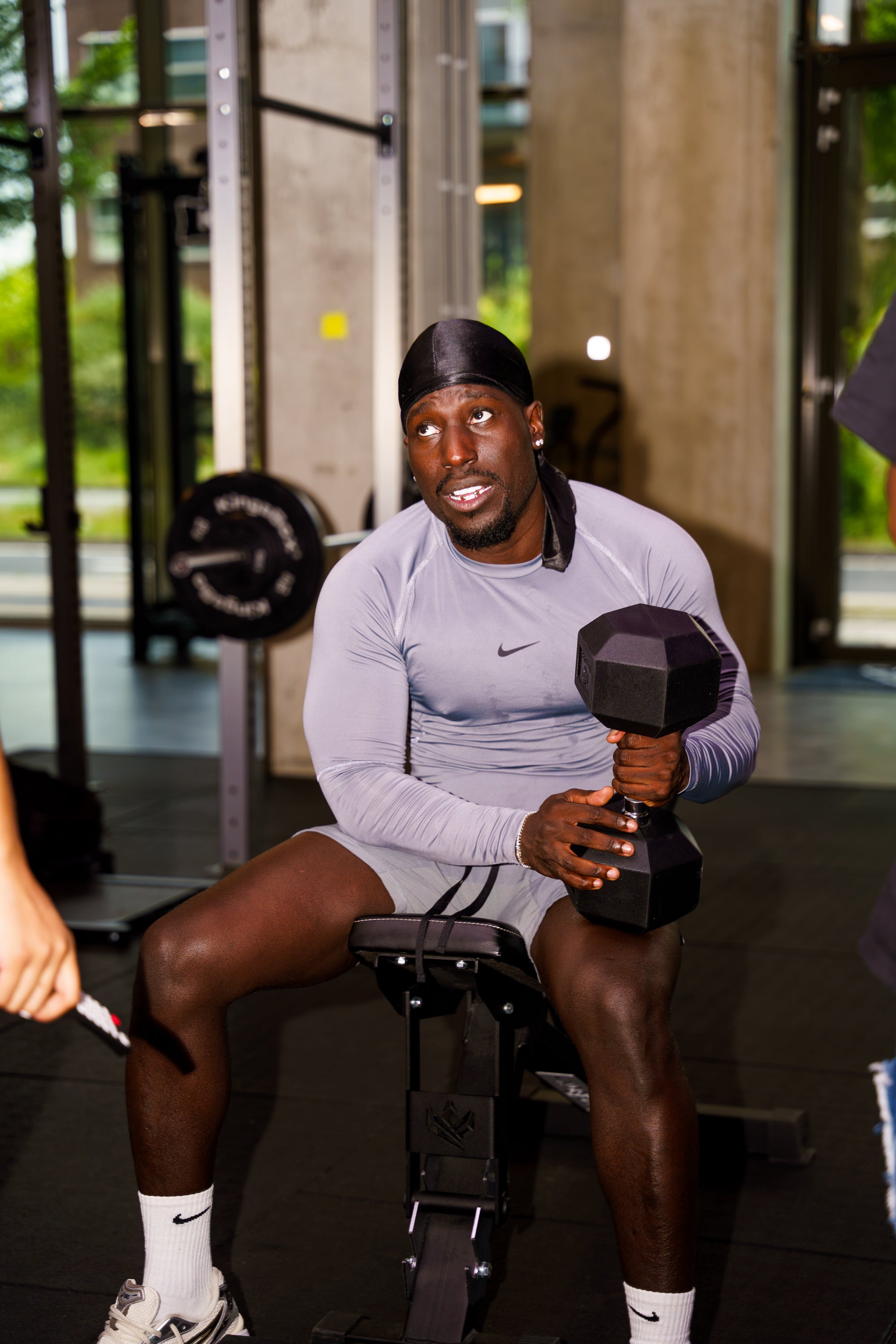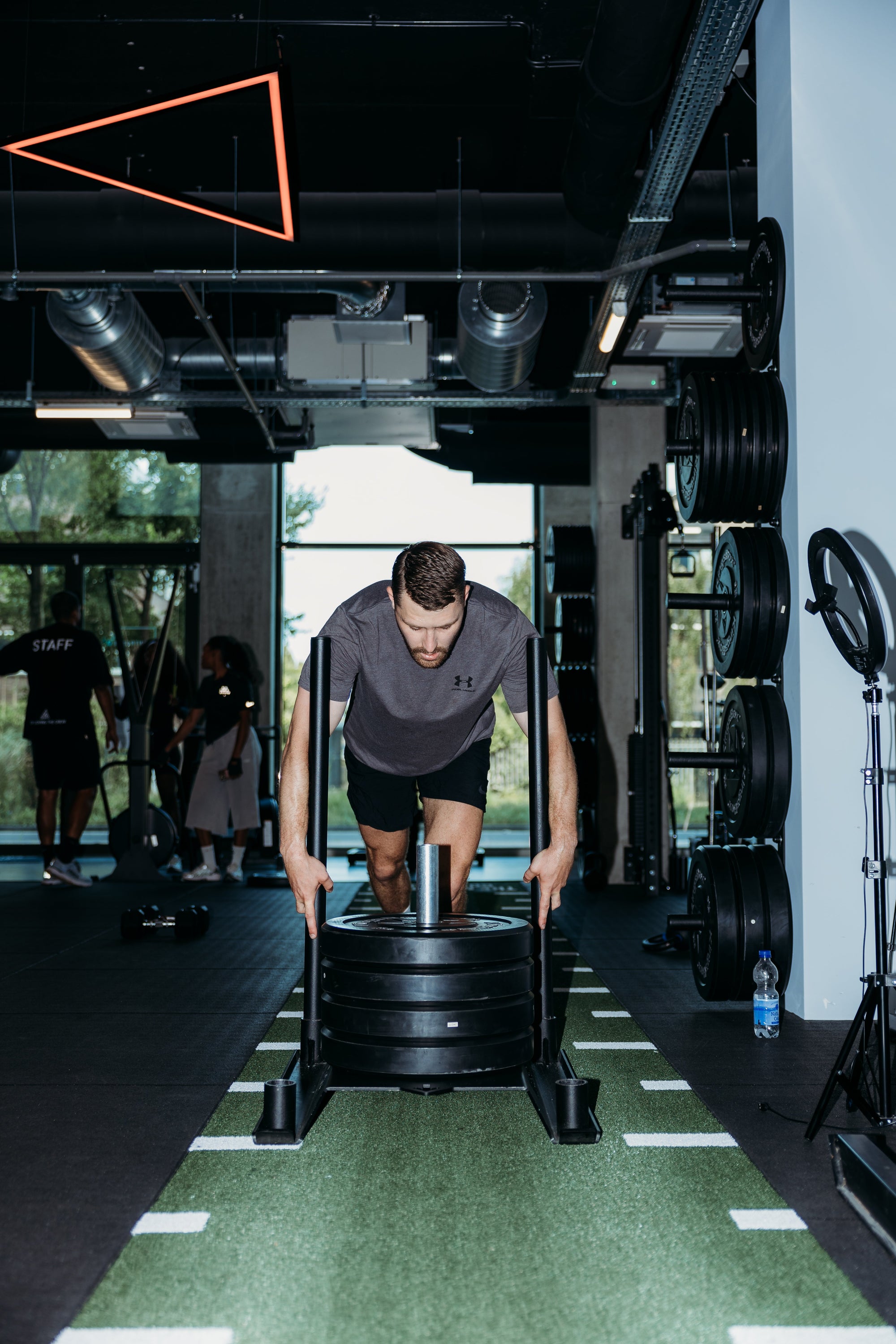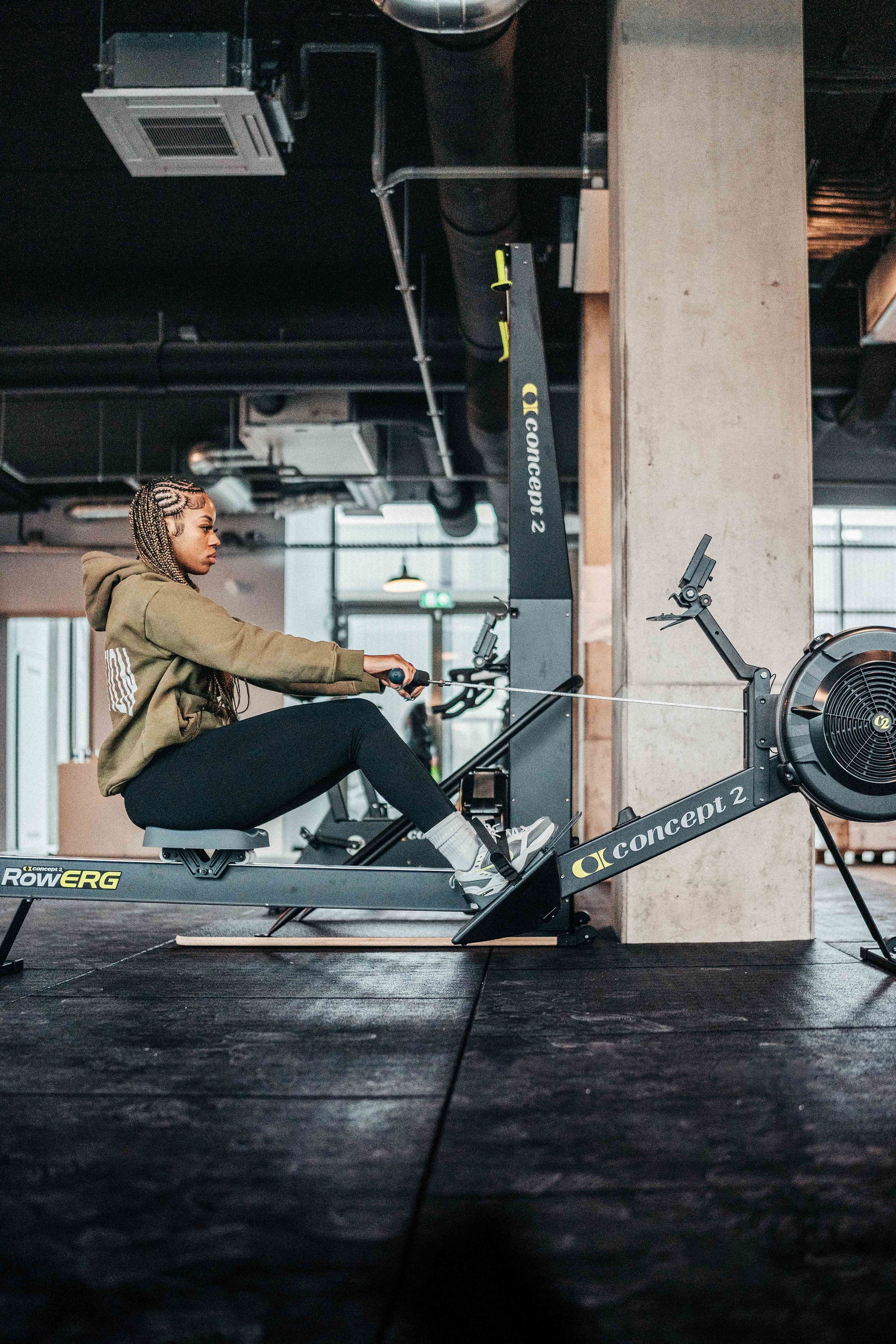Seasonal Hyrox Training: Adjusting Your Routine Throughout the Year
Champion, have you ever noticed how your training needs shift as the seasons change? Whether it’s the crisp energy of winter, the blooming promise of spring, the heat of summer, or the crisp air of fall, every season brings its own challenges and opportunities. At BallinFit, we believe that to truly become a champion, you must learn to adapt your Hyrox training routine to the changing environment. With insights from our head coach, Zwayder, this guide will show you how to adjust your workouts, nutrition, and recovery strategies throughout the year to maximize performance and keep injuries at bay.
Embrace the Seasons: Why Adaptation Is Key
Every season influences your body in unique ways. Cold weather can stiffen muscles and require longer warm-ups, while summer heat demands careful hydration and lighter sessions. Recognizing these challenges—and learning to work with them—can give you a competitive edge in Hyrox.
Why Seasonal Training Matters:
- Optimized Performance: Tailoring your routine to the season can help you train at your peak all year long.
- Injury Prevention: Adjusting intensity and recovery in response to weather conditions helps reduce the risk of injuries.
- Mental Freshness: Varied routines keep your training exciting and prevent burnout.
- Adaptability: Learning to adapt to different conditions builds mental resilience—an essential trait for any champion.
Coach Zwayder sums it up perfectly:
"Training is not a one-size-fits-all process. Your environment changes, and so should your routine. Adapting to the seasons isn’t just smart—it’s essential for sustainable progress."
Winter Training: Embracing the Chill
Winter brings its own set of challenges. Cold temperatures can make your muscles feel tight and slow your performance if you’re not careful.
Key Adjustments for Winter:
-
Extended Warm-Ups:
- Dynamic Stretching: Spend an extra 5-10 minutes on dynamic stretches such as leg swings, arm circles, and hip rotations to combat stiffness.
- Indoor Cardio: If the weather is too harsh, consider a treadmill or stationary bike session to keep your body warm.
-
Layer Up:
- Appropriate Gear: Invest in moisture-wicking layers and thermal workout clothes that keep you warm without overheating.
- Accessories: Don’t forget gloves and headbands to protect extremities from the cold.
-
Focus on Flexibility:
- Yoga and Stretching: Winter is a great time to integrate more yoga sessions, which improve flexibility and keep muscles loose.
-
Nutrition and Hydration:
- Warm Meals: Include warming foods like soups and stews in your diet to help maintain your core temperature.
- Hydration: Even in cold weather, your body needs fluids. Keep sipping water throughout your session.
Real-World Example:
At BallinFit, many athletes find that winter is the perfect season to focus on recovery and flexibility. One of our members, Emma, started incorporating a 15-minute yoga routine after every workout during the winter months. The result? Not only did her flexibility improve dramatically, but her recovery time shortened, setting her up for explosive performance when the spring season rolled around.
Spring Training: A Season of Renewal
Spring is a time for renewal—a perfect opportunity to shake off the winter blues and kickstart new gains. The weather starts to warm up, and nature comes back to life. It’s the ideal time to ramp up your intensity and try new training modalities.
Key Adjustments for Spring:
-
Gradual Ramp-Up:
- Progressive Intensity: Transition gradually from winter’s slower pace. Increase your interval lengths and add more sprint work.
- Outdoor Training: Take advantage of milder weather by training outdoors. Running in natural settings can boost your mood and overall performance.
-
Revitalize Your Routine:
- New Workouts: Introduce cross-training elements like cycling or swimming to keep your routine fresh and exciting.
- Skill Drills: Focus on refining your technique with specific Hyrox drills—practice your wall balls, sled pushes, and sprint starts with renewed vigor.
-
Focus on Recovery:
- Active Recovery: Include active recovery days with light jogging or dynamic stretching to help your body adjust to increased intensity.
- Mindful Nutrition: Emphasize a diet rich in seasonal vegetables and fruits to replenish vital nutrients lost during training.
-
Mental Rejuvenation:
- Goal Setting: Use the energy of spring to set new goals. Visualize your progress and create a fresh plan for the upcoming competitive season.
Real-World Example:
Coach Zwayder often notes that spring is the most exciting time for his athletes. One standout moment was when a group of BallinFit members participated in an outdoor boot camp in Vondelpark. The combination of fresh air, natural scenery, and challenging workouts sparked a renewed sense of energy and commitment, leading to impressive performance improvements across the board.
Summer Training: Conquering the Heat
Summer training requires a different approach. The heat and humidity can be taxing on your body, making it essential to adjust your routine to prevent overheating and dehydration.
Key Adjustments for Summer:
-
Hydration is Crucial:
- Pre-Workout Hydration: Begin each session well-hydrated. Aim to drink at least 500 ml of water 2 hours before training.
- During Workouts: Carry a water bottle or use electrolyte drinks to maintain fluid balance.
- Post-Workout: Rehydrate thoroughly to replace fluids lost through sweat.
-
Time Your Workouts:
- Early Mornings or Late Evenings: Schedule intense training sessions during the cooler parts of the day.
- Indoor Training: Consider moving some sessions indoors if the temperature is extreme.
-
Adjust Intensity:
- Shorter, High-Intensity Sessions: Instead of long endurance workouts, focus on shorter HIIT sessions that keep your body challenged without prolonged exposure to heat.
- Monitor Your Heart Rate: Use a heart rate monitor to ensure you’re not overexerting in the heat.
-
Appropriate Attire:
- Light, Breathable Fabrics: Wear moisture-wicking clothing to help keep your body cool.
- Sun Protection: Don’t forget sunscreen, a hat, or sunglasses when training outdoors.
-
Recovery and Cooling:
- Cooling Techniques: Utilize cold packs or take cool showers post-workout to lower your body temperature.
- Active Recovery: Engage in light activities that help cool you down and promote circulation without overexertion.
Real-World Example:
During the summer, one BallinFit athlete, Mark, struggled with heat-related fatigue until he shifted his workouts to early mornings and incorporated electrolyte drinks. His performance not only stabilized but began to improve as he adapted to the summer conditions with smart hydration and recovery strategies.
Fall Training: Harnessing the Energy of Change
Fall is a transitional season—a time to reflect on your progress and prepare for the challenges ahead. The cooler weather makes it ideal for reintroducing high-intensity training and focusing on technique as you build towards your next competitive season.
Key Adjustments for Fall:
-
Return to Higher Intensity:
- Reintroduce Intensity: As temperatures drop, gradually reintroduce longer interval training and strength sessions that may have been dialed back during the summer.
- Outdoor and Indoor Balance: Enjoy the crisp fall air by alternating between outdoor runs and indoor gym sessions to maintain variety.
-
Refocus on Technique:
- Skill Drills: With the cooler weather and refreshed mindset, devote time to refining your Hyrox techniques—improve your form in exercises like wall balls, sled pushes, and sprints.
- Coaching Sessions: Take advantage of additional coaching sessions to fine-tune your movements and ensure you’re ready for the competitive season.
-
Nutrition Adjustments:
- Seasonal Foods: Incorporate fall produce like pumpkins, squash, apples, and pears into your diet. These nutrient-rich foods provide antioxidants and help support recovery.
- Balanced Diet: Ensure you’re fueling adequately for the increased training intensity as you build strength and endurance.
-
Mental Preparation:
- Reflect and Set New Goals: Fall is a great time to reflect on your progress from the past year and set new, challenging goals for the upcoming season.
- Embrace the Change: Use the natural transition of fall as a metaphor for your training—every change is an opportunity to grow stronger and better.
Real-World Example:
Coach Zwayder emphasizes that fall is a pivotal season. He recalls how a group of athletes at BallinFit used the fall season to overhaul their technique and ramp up their training intensity. By integrating advanced skill drills and focusing on detailed feedback, they entered the next competitive season with renewed confidence and sharper performance.



